Revisit on Photography Gears I've Used

You can find photos I took here
I started photography back in late 2014 when I picked up gears my dad no longer uses. I had a Nikon D200 and three lenses: Nikon 17-35mm f/2.8D, Nikon 80-200mm f/2.8D, and Nikon 105mm f/2.8G Micro.

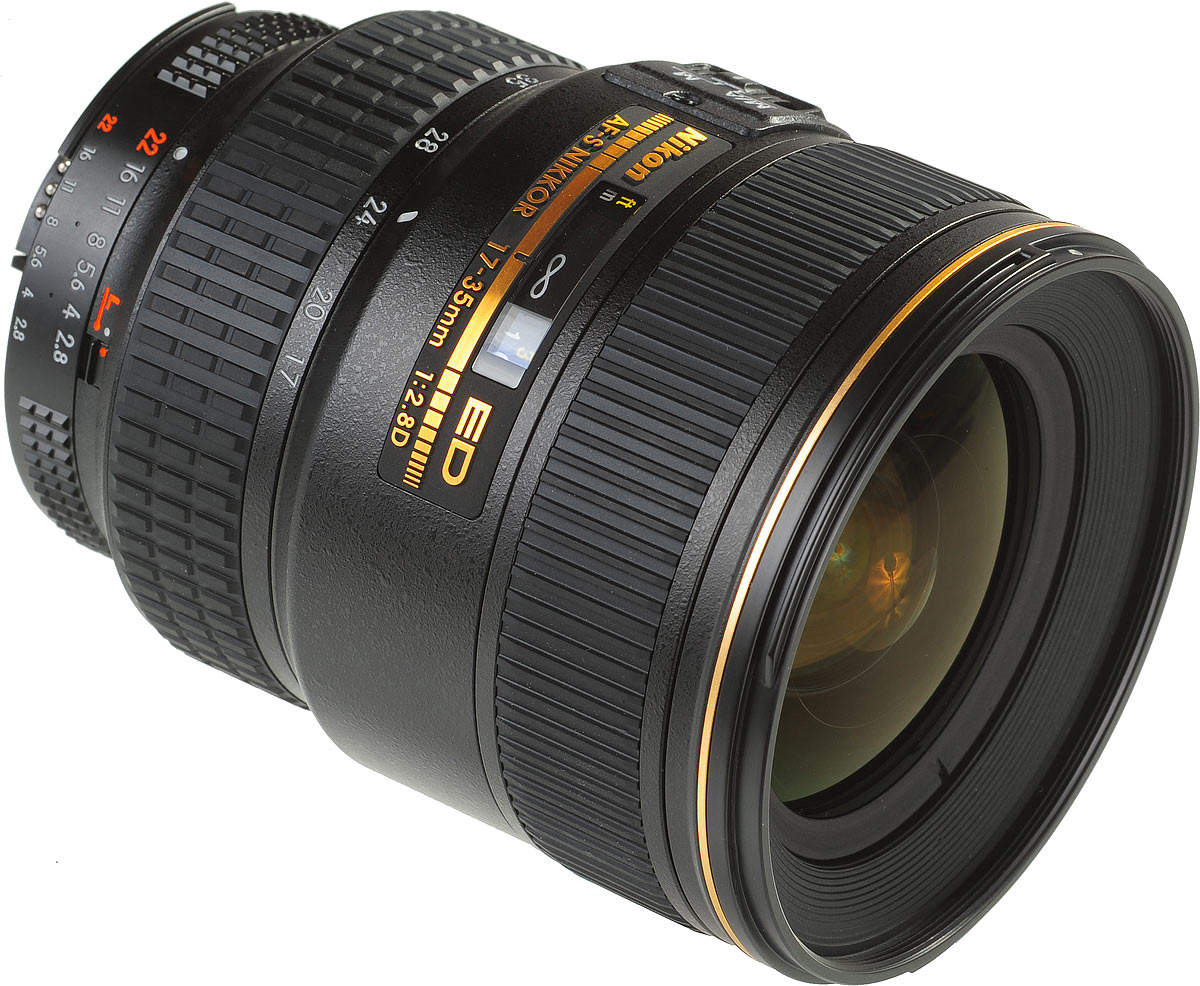
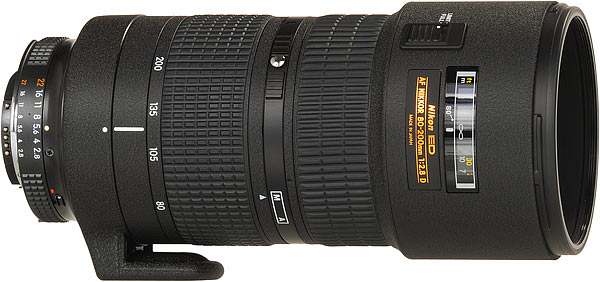

Although they were already pretty outdated back in 2014, they taught me the basics of photography, things like aperture, shutter speed, and ISO.
I used D200 for a little more than half a year and took some pictures of landscapes, flowers, and black-headed gulls that migration to Kunming (where I live) every year. The D200 only has 10 megapixels and the back LCD screen is very low-res, so I couldn’t check if my photos were in focus or if there was any motion blur. Meanwhile, I’m in the early stage of photography, so I’m satisfied with a few photos taken on D200.
In June 2015, I got the chance for a new camera. Since I’m on a budget, I got myself an entry-level full-frame camera with a kit lens: Nikon D610 and Nikon 24-120mm f/4G.
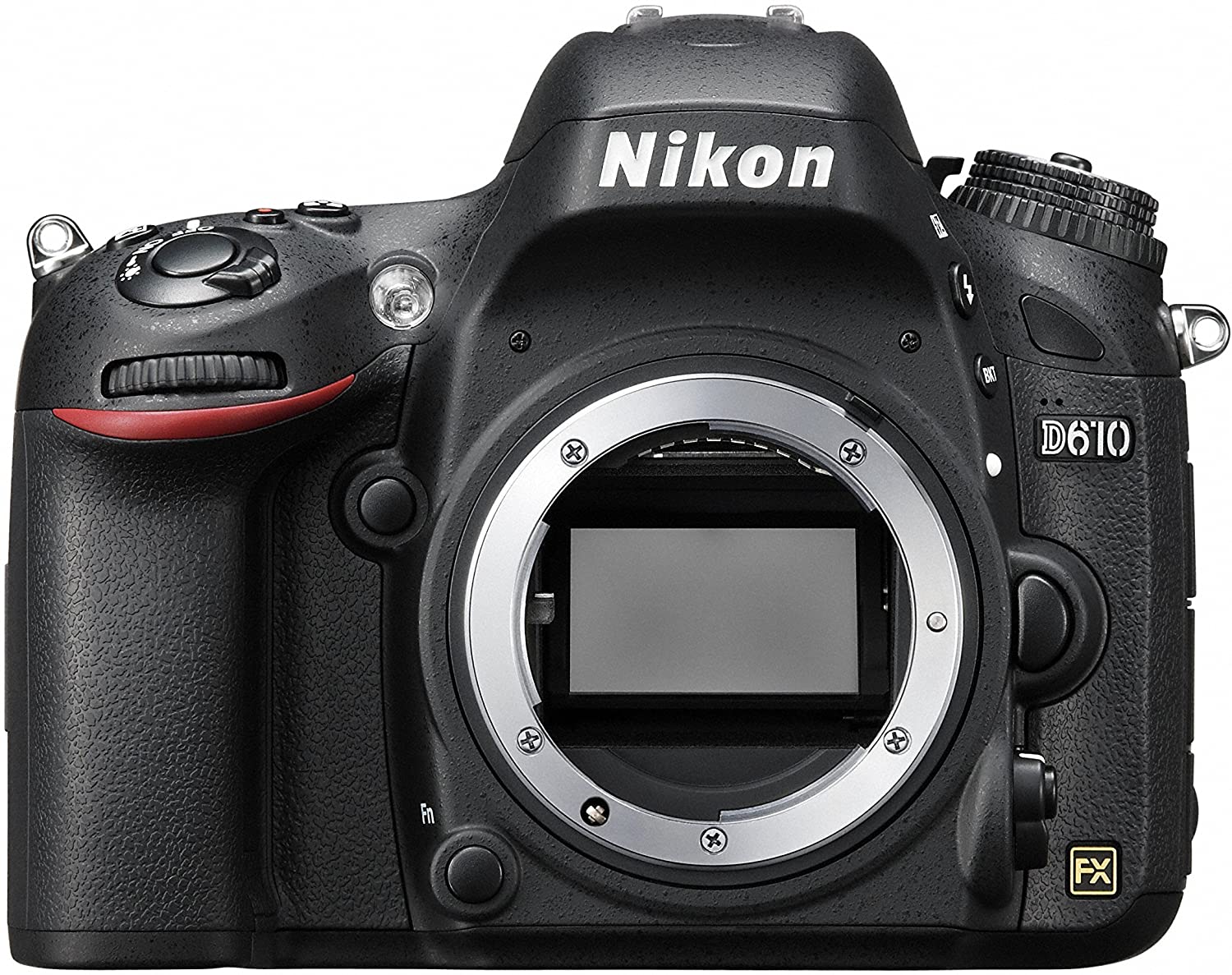

Why a full-frame camera and a standard zoom lens you may ask? Full frame camera was of course for really making use of these full-frame lenses, I never knew what 17mm was like on full-frame. As for the standard zoom lens, I really needed a one-lens solution when I went out. I usually needed to carry two lenses, because 17-35mm was a little bit limiting on the long end. I also tried a flash but didn’t quite get the hang of how to use flash.
Before high school graduation in June 2016, I mainly used this camera for events in high school, although I did take it on a trip to Thailand.
During high school, I learned the basics of photography and my camera captured so much precious memory. Since I didn’t have spare time, my skills didn’t quite level-up.
My high school was pretty close to my home so bringing a DSLR (Digital Single-lens Reflex Camera) to school wasn’t a huge deal. But my university was quite far from my home plus we didn’t have many class events going on so I wasn’t willing to take my camera there. I took way fewer photos during 2016-2017 and that’s why I decided to sell some gears I didn’t use much. I ended up keeping only the 24-120mm and 80-200mm. By the way, I used the money I got from selling those gears for a new MacBook Pro and that was probably one of the best purchases I ever made.
I went to Japan in the summer of 2017 and before that trip, I purchased a Nikon 50mm f/1.8G as a supplement of 24-120mm.
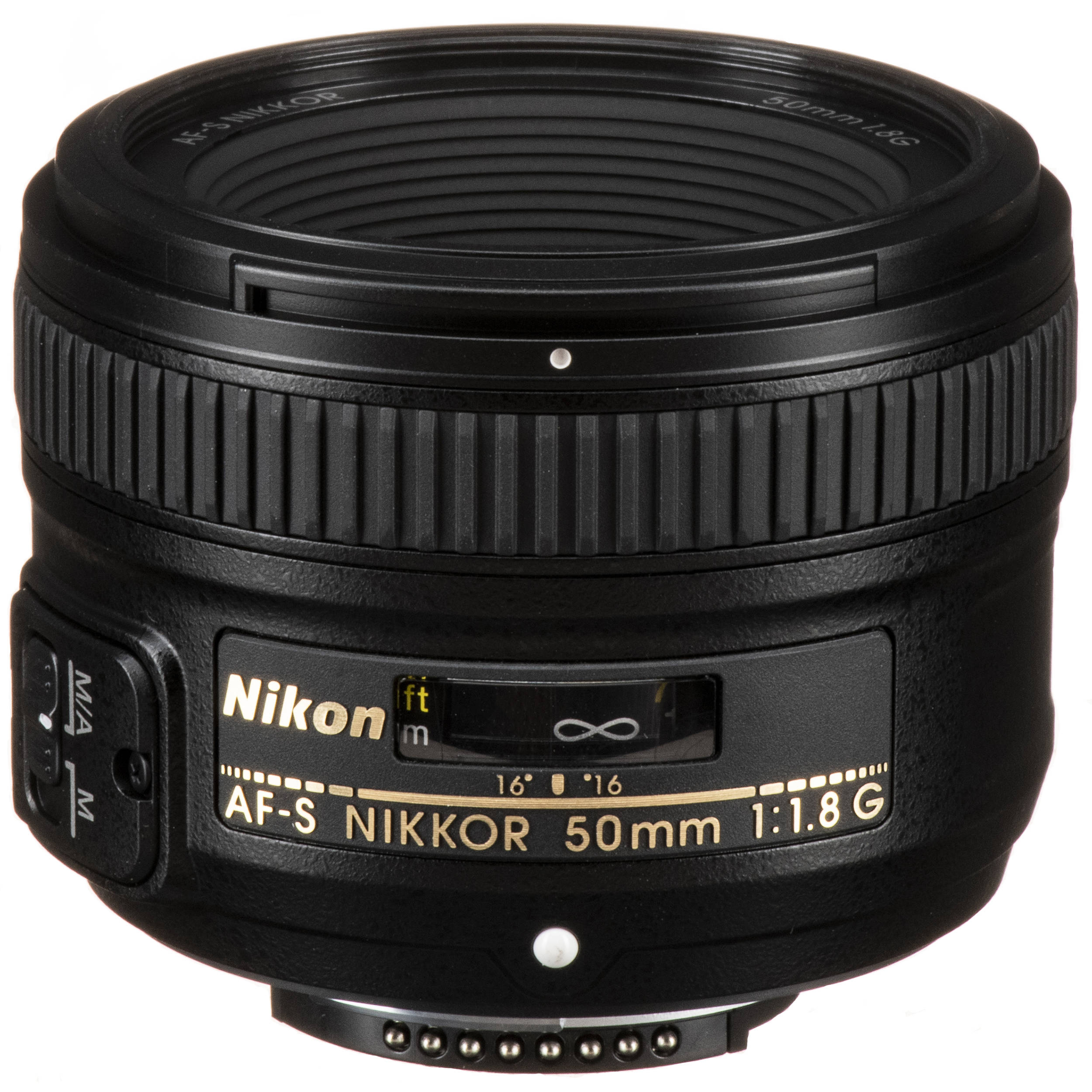
This was my first time using a prime lens (except that macro lens). However, unlike many other people, I didn’t get blown away by that shallow depth of field, but I did like the compactness of the prime lenses. As for the trip, I had to admit that Japan is a fantastic place for taking photos, I took quite a few great photos there.
The only problem I had was, after carrying the camera in a bag with a rather poorly-design load system, I started to feel that DSLR was too bulky. That’s when I turned my focus on mirrorless cameras.
I wasn’t quite sure about the image quality of mirrorless cameras. Therefore, the first thought that struck me was buying a mirrorless camera as a back-up camera so that whenever I needed to travel light, I took the mirrorless camera.
After a little bit of research, I came to the conclusion that mirrorless cameras are as good as DSLRs in most aspects. So I decided to ditch all my camera gears in exchange for the mirrorless system. I decided to go for Sony APS-C (Advanced Photo System type-C) cameras because I heard they have the best AF (Auto Focus) system.
In the cold winter of 2018, I cleared out all my gears and brought a Sony A6300 with Sony 16-50mm f/3.5-5.6 kit lens and a second-hand Zeiss Batis 25mm f/2.
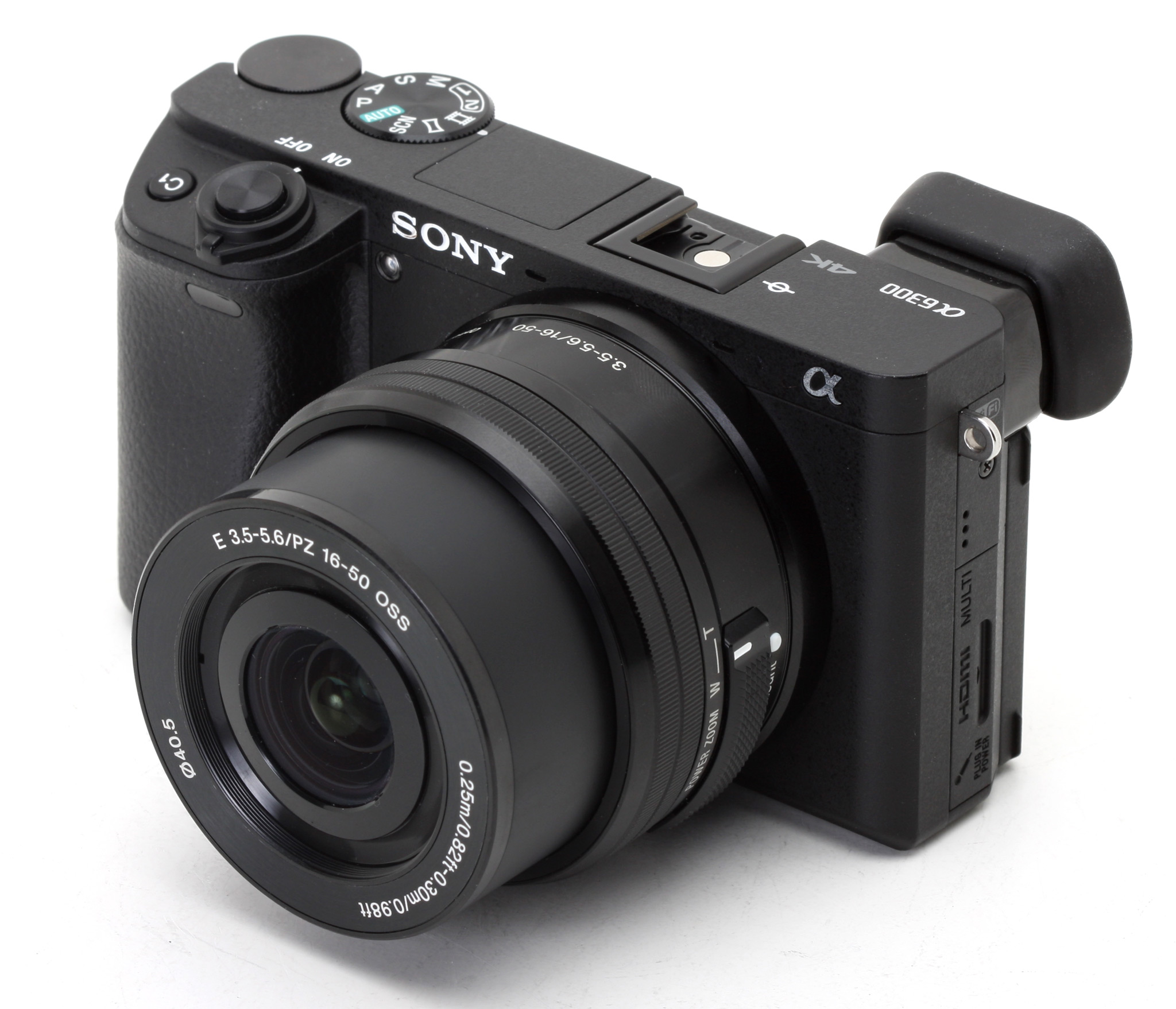
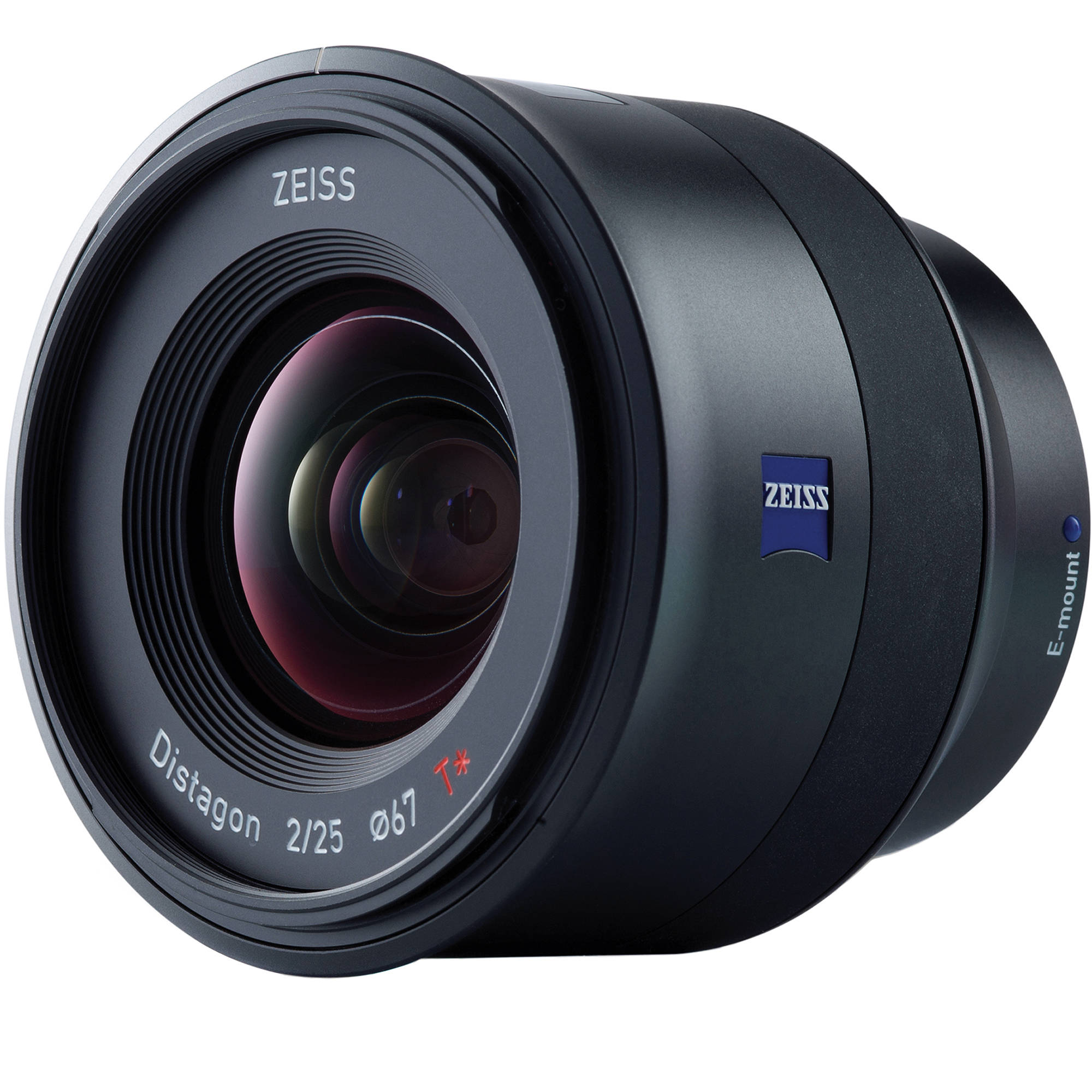
Carrying a camera wasn’t a pain anymore. However, there are some compromises. Since the camera is quite small, the handling and the battery life are quite worse compared to DSLR. What’s also interesting was that I didn’t quite like the EVF (Electronic Viewfinder) at first. I felt it’s very low-res compared to OVF (Optical Viewfinder) so I wasn’t confident about the image I took until I saw the photos on my computer.
And that Zeiss lens became a 35mm-ish equivalent lens on an APS-C camera and I quickly fall in love with the 35mm focal length. After a while with this lens, I felt like this lens was a kind of waste on an APS-C camera. So I sold it and got myself a Sigma 16mm f/1.4 and a better Sony 18-135mm f/3.5-5.6 kit lens.
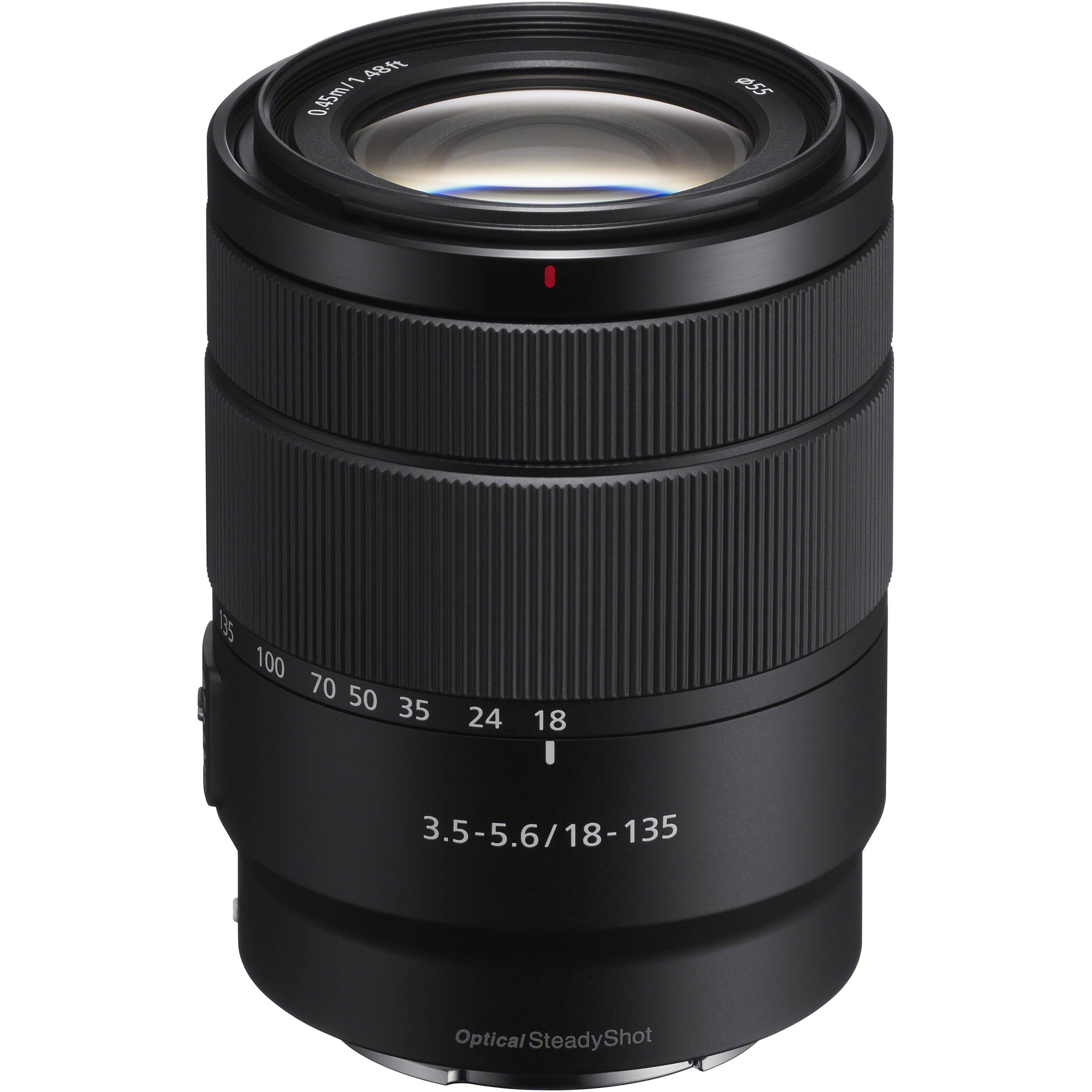
That 18-135mm lens was a newly released one at the time so it’s sharp for a travel zoom lens. The best part was, this lens was sold as a kit lens with A6300 so you could get an amazing price if you buy the open-box version. I really liked this lens, compact, great zoom range, relatively sharp, and has some macro capability. The only downside I would say is the slow maximum aperture so I had to crank my ISO up.
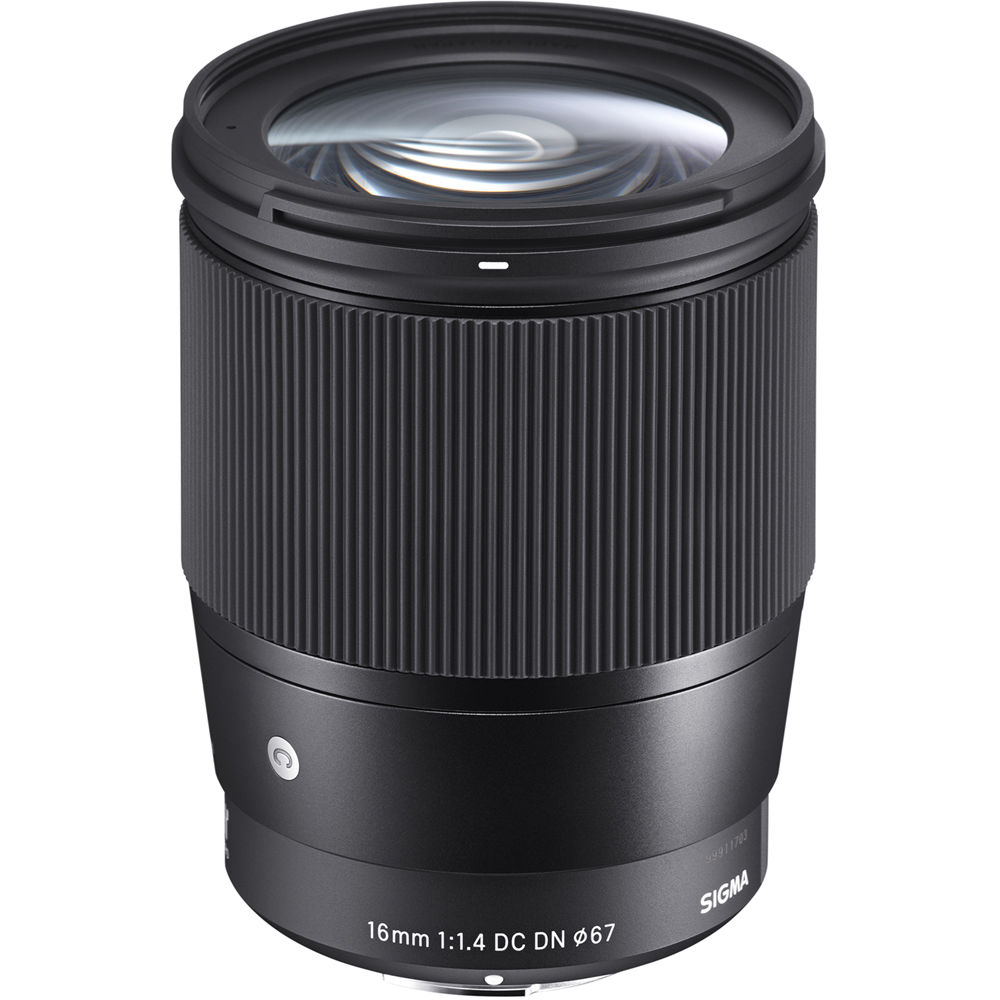
The Sigma 16mm prime is also pretty good. This is my first time using an f/1.4 lens and I was often amazed by the low ISO value I could shoot with. Nevertheless, it’s kind of bulky on an APS-C camera.
I took these two lenses to Thailand (again) in 2018 and they served me just right. I had no complaint whatsoever about them.
But we all know what’s wrong with Sony APS-C cameras. They don’t have good color science, lack a front control dial and most importantly, there aren’t many APS-C lenses.
Naturally, I looked for Fujifilm cameras as they have good color and probably the most extensive line of APS-C lenses. I got a Fujifilm X-T2 alone with a wide-angle Fujifilm 10-24mm f/4 lens and a Fujifilm 35mm f/1.4 lens.
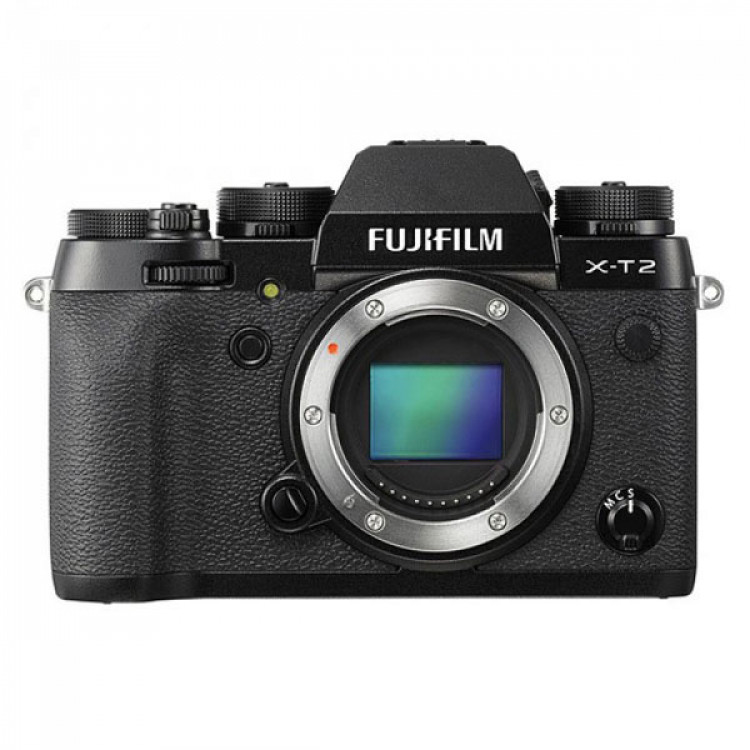
Granted, many people liked Fujifilm for its retro design and its film simulation. However, I didn’t think they’re overwhelmingly better than the competitions. That retro design means no large grip and ok-ish handling. The X-Trans sensor Fujifilm uses, I actually found it has an impact on the fine detail on my images. If you zoom in, you’ll find some worm-like patterns. Moreover, since I shoot only RAW, good color means little to nothing for me.
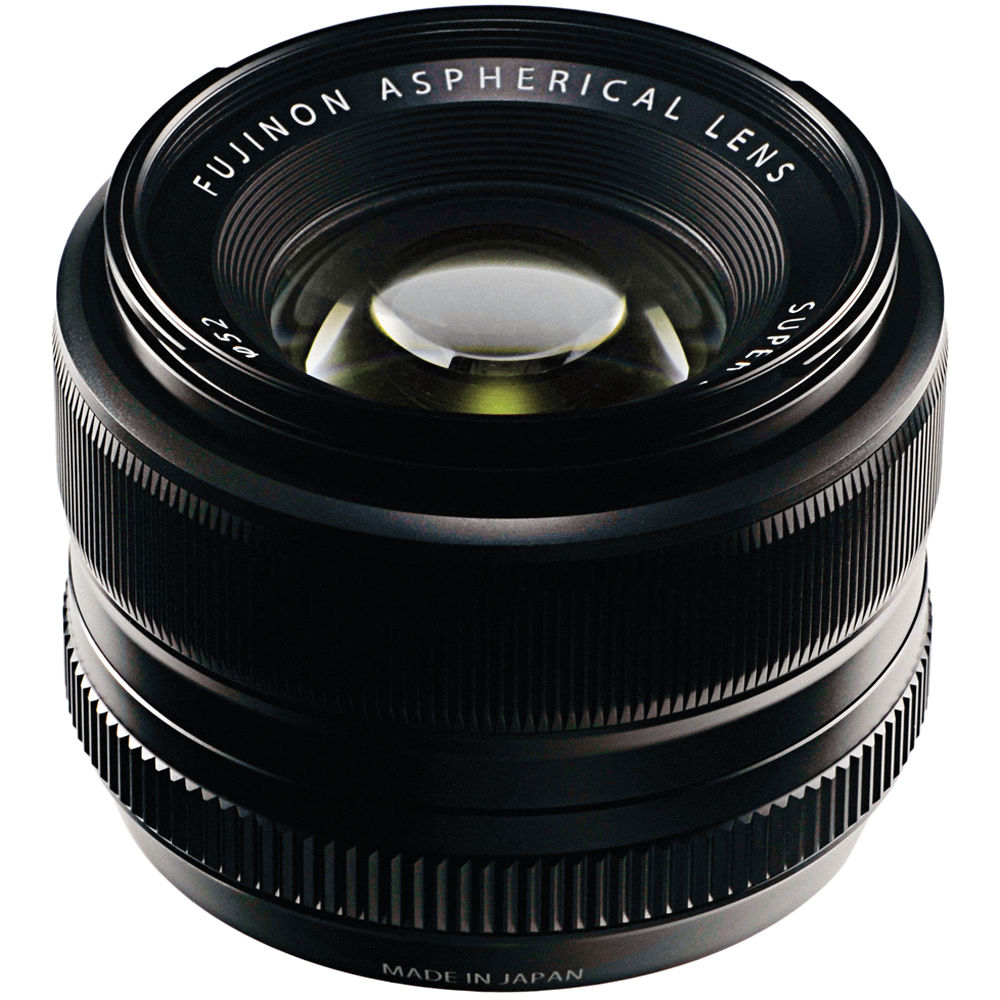
To be fair, that 35mm 1.4 lens is very compact and produces some amazing photos. The only disadvantage would be that slow and noisy AF system.

As for the 10-24mm lens, I think there is nothing to write home about.
Since I was not happy about the image quality of the Fujifilm camera, I quickly sold it after only about 4 months of use. And this time I wanted to try a full-frame mirrorless camera.
Unfortunately, my budget was tight so I could only get a Sony A7R2 and a Sony 24-105mm f/4 lens.
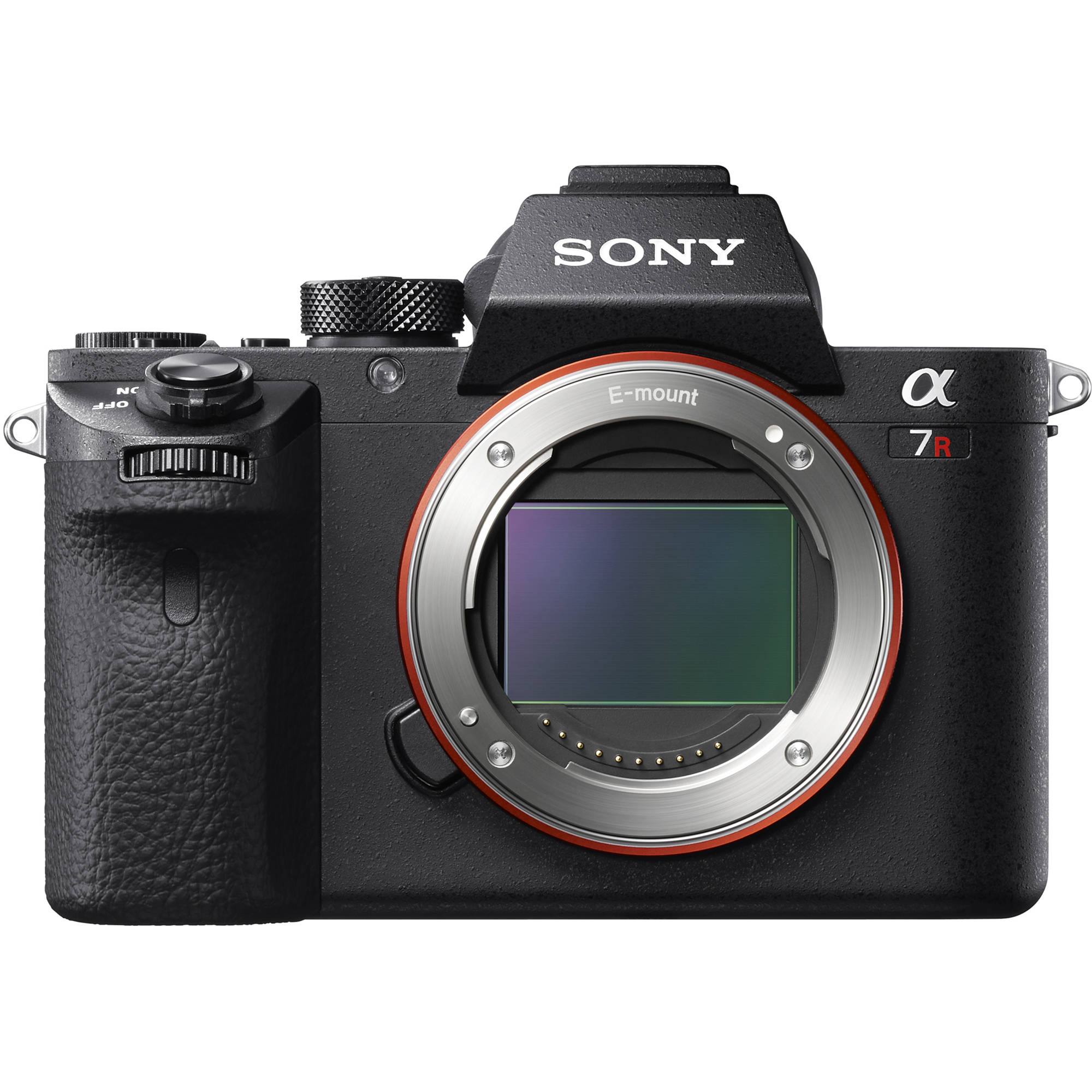
The A7R2 was criticized for many things like its short battery life and slow AF, but at least it got that 42 megapixels sensor. I got to say its image quality blew me away. From high ISO to dynamic range, everything that comes from that sensor is simply amazing. Ok, maybe not the color. But you did feel all those shortcomings of A7R2 whenever you use it. Since I mainly shoot landscapes and slice of life, I didn’t bother too much by the AF speed. Just bring an extra battery and you’ll just be fine.
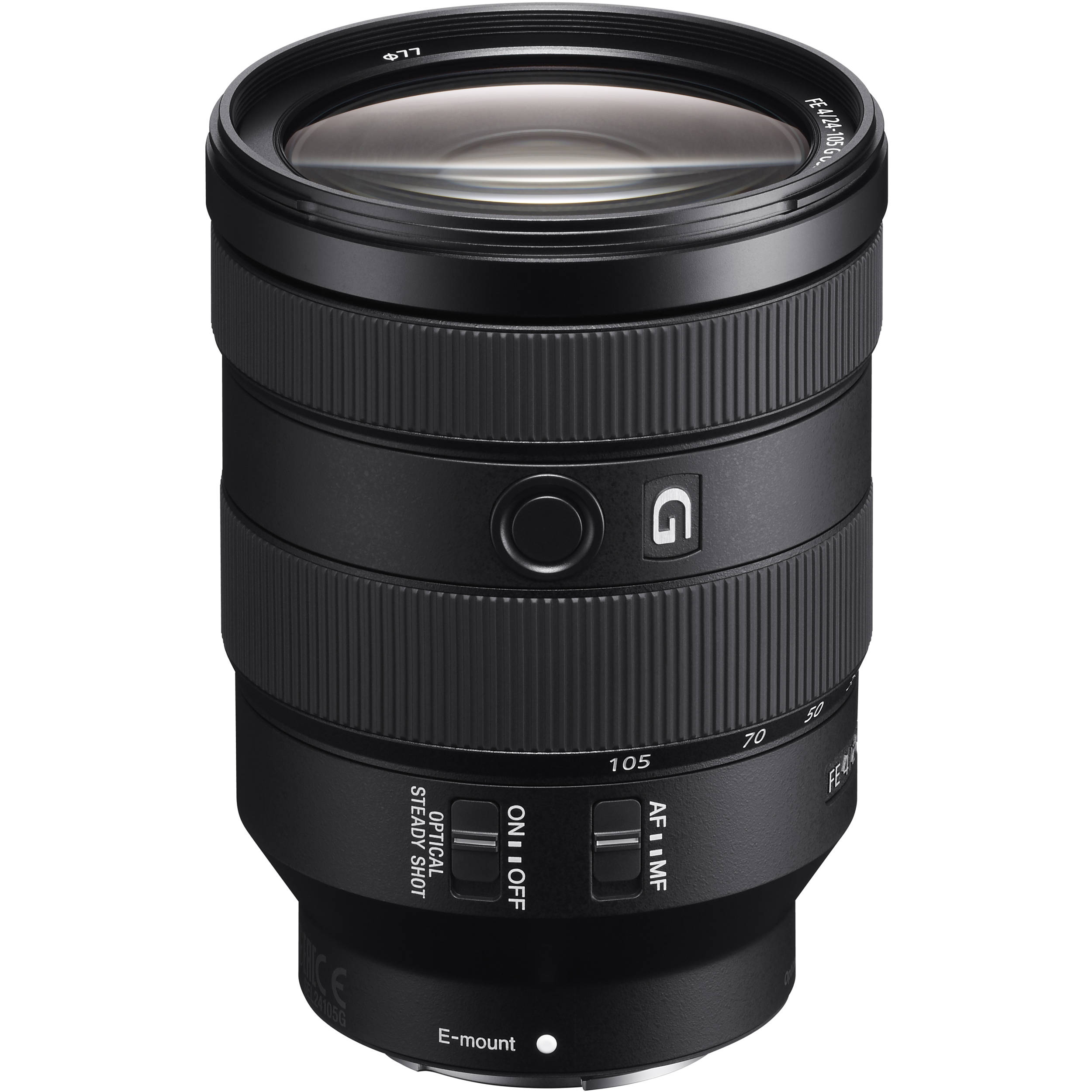
Let’s talk about that 24-105mm lens for a while. Simply put, it’s the best 24-105mm lens on the market. It’s very sharp, focuses quickly, and has a better minimal focus distance which means it’s useful when you want to shoot some small objects. Unfortunately, it’s also a tad expensive than the competitions.
Remember how I liked the 35mm focal length when I used the Zeiss lens? Well, I thought it’s a good time to introduce myself with the 35mm focal length again so I brought a Sony 35mm f/2.8 ZA lens.
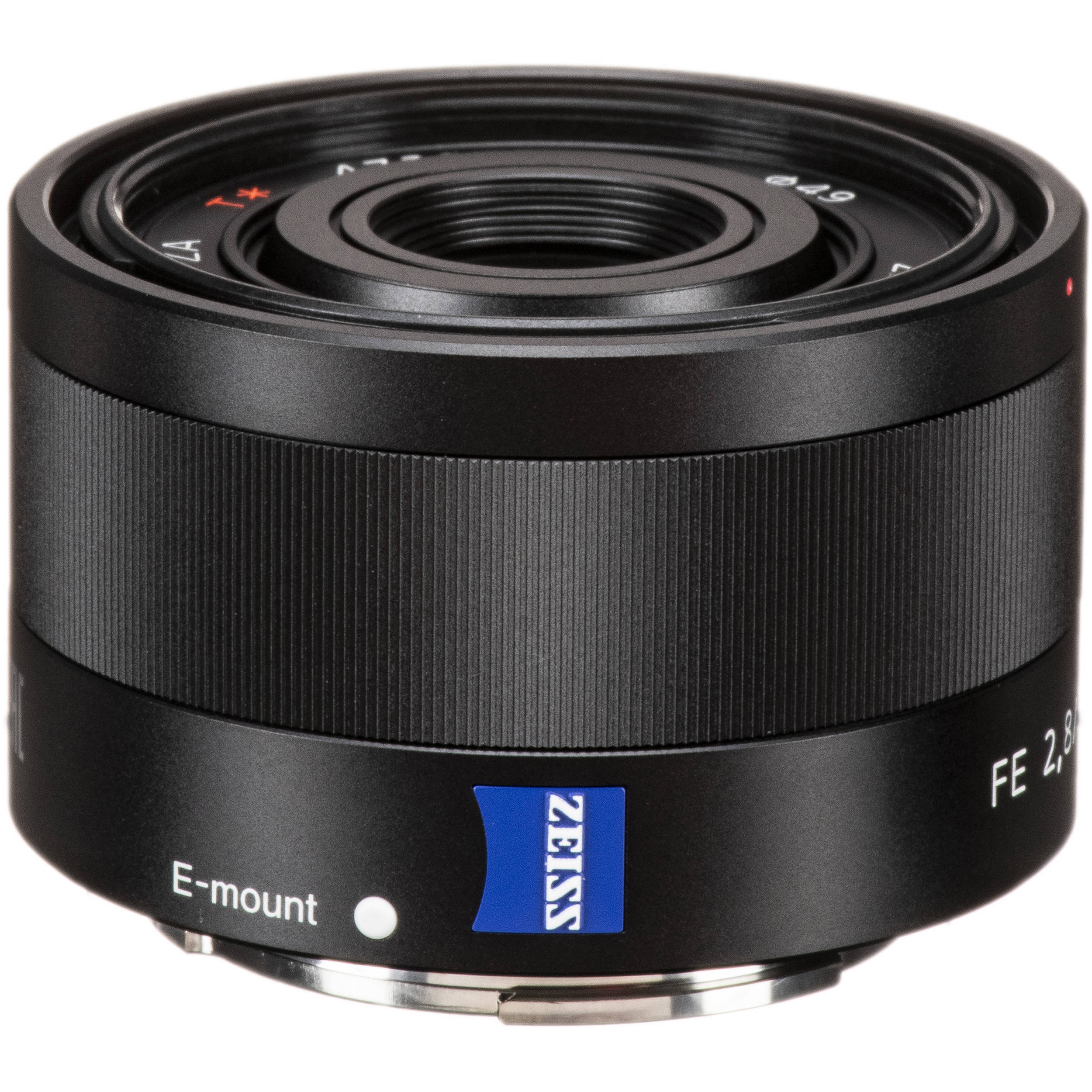
Apart from 35mm, I brought it for its extremely compact size. F/2.8 may sound slow for a prime lens but really, I didn’t need the shallow depth of field and the camera has good high ISO performance. Anyway, it quickly became the go-to lens for me.
By far, I’ve used both APS-C and full-frame systems, but there was one thing left, M43 (Micro Four-Thirds). I was interested in this system when I did the research for mirrorless cameras back in late 2017, but I never really fall for it fearing its small sensor size would have too much impact on the image quality.
One day, I came across a photographer online that used purely M43 cameras. I really like his photos and found no sign of unacceptable image quality. After reading his blog and did some research myself, I did something that sounds crazy. I sold my full-frame camera and brought an M43 camera.
I had two choices at the time with identical price points: Olympus E-M1 Mark II or Panasonic G9. I ended up choosing the latter one for its better video capability. The funny thing was, I never shot a single video on G9 but the G9 tended to be the model with more resell value half a year later so I do not regret it.
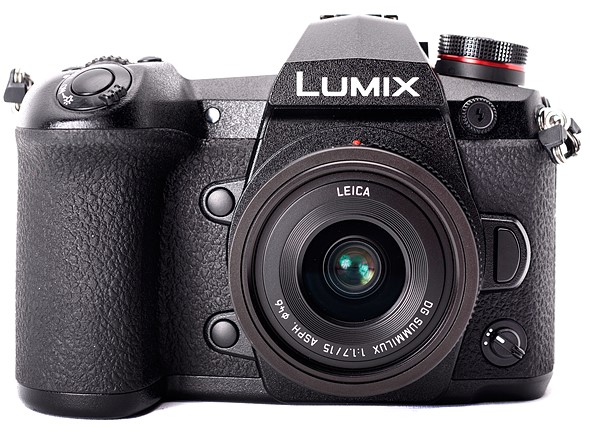
Together with G9 were two lenses: Panasonic Leica 12-60mm f/2.8-4 and Panasonic 45-150mm f/4-5.6.
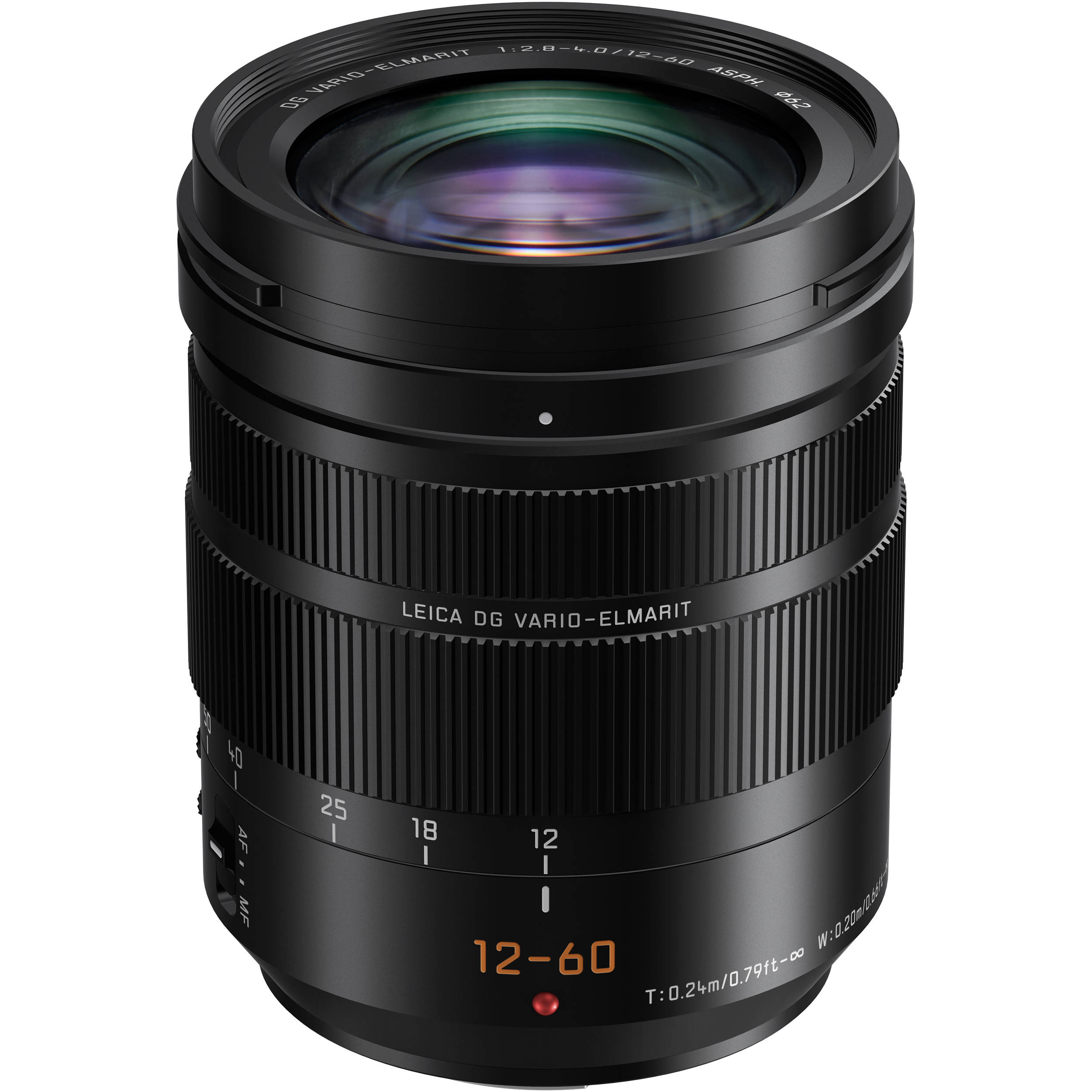
The very first thing I found out was that 12-60mm on the G9 is fantastic. The SOOC (Straight Out of Camera) color is the best I’ve ever seen. This lens also has a shocking 0.6x maximum magnification on the telephoto end so it could act as a macro lens.
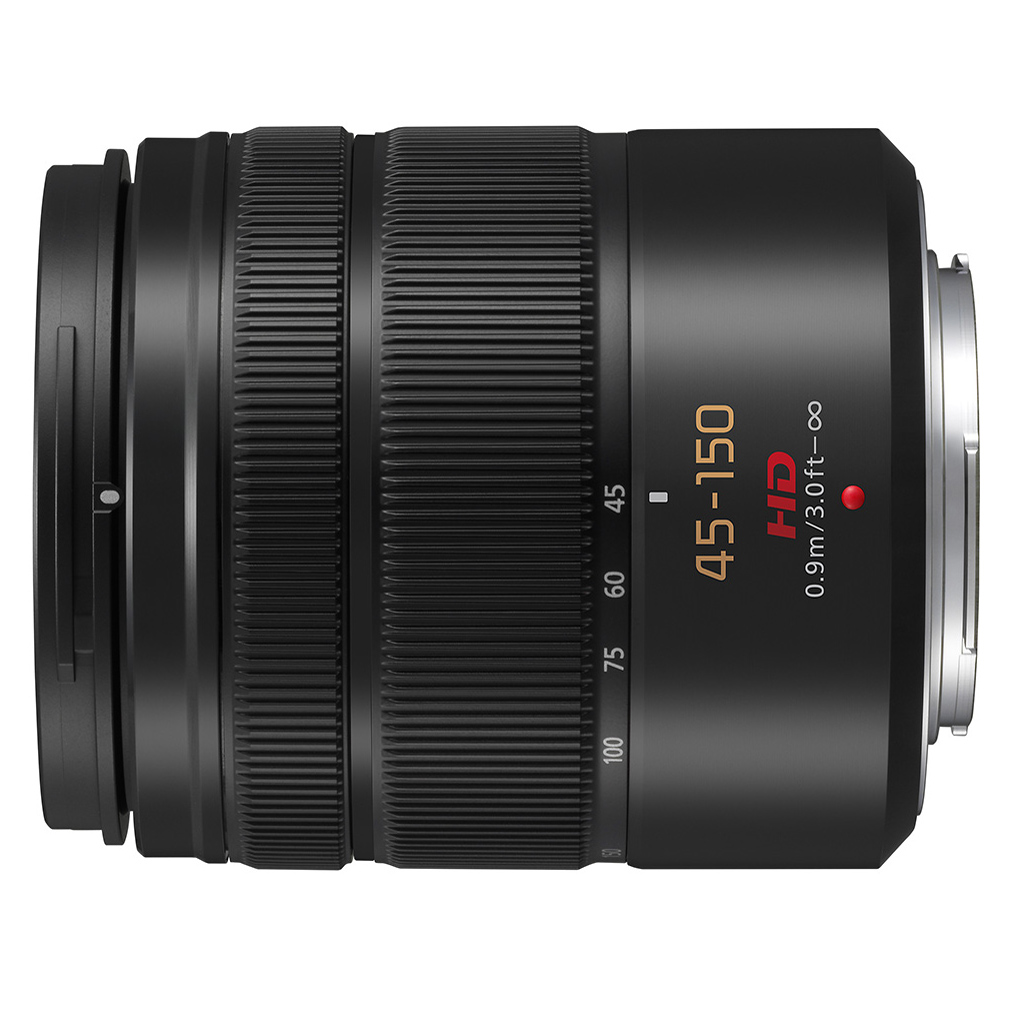
The 45-150mm was also very useful, it was very affordable while providing the 300mm equivalent field of view. Albeit slow as far as the aperture is concerned.
Now let’s talk about things I never experienced on previous cameras. First is that fully articulating screen. It’s very useful when you want to shoot from different angles although sometimes the traditional tilt screen may be more useful. The second is IBIS (In-body Image Stabilization), A7R2 has this but it’s lackluster. The IBIS on G9 is insane, I could handheld the camera for two seconds and still get sharp images. This is simply out of question on A7R2. Due to the longer exposure time, I found myself uses ISO 200 quite often, so the weak high ISO performance of M43 cameras is kind of eliminated here.
To be honest, M43 systems are the best system I’ve got my hands on. It got an extensive yet affordable lens lineup, and the portability plus IBIS makes it a travel-friendly system. Unfortunately, Panasonic and Olympus didn’t play the cards well. M43 systems are going to an end sooner than everyone thought. As much as I liked M43, I couldn’t invest more in a dying system. And this time, I went for the final mainstream brand I didn’t try before: Canon.
Canon is being bashed all these years for its outdated sensor technology and I brought the least advanced of them, the Canon EOS RP.

This camera although has the same sensor as that on Canon 6D Mark II, is a more affordable model. While it’s entry-level and you could definitely tell from its build quality, at least you get a fully articulating screen and a comfortable grip.

The lenses I got with the camera were Canon RF 24-105 f/4 and Canon RF 35mm f/1.8 Macro. The 24-105mm is nothing special so I’ll skip it.
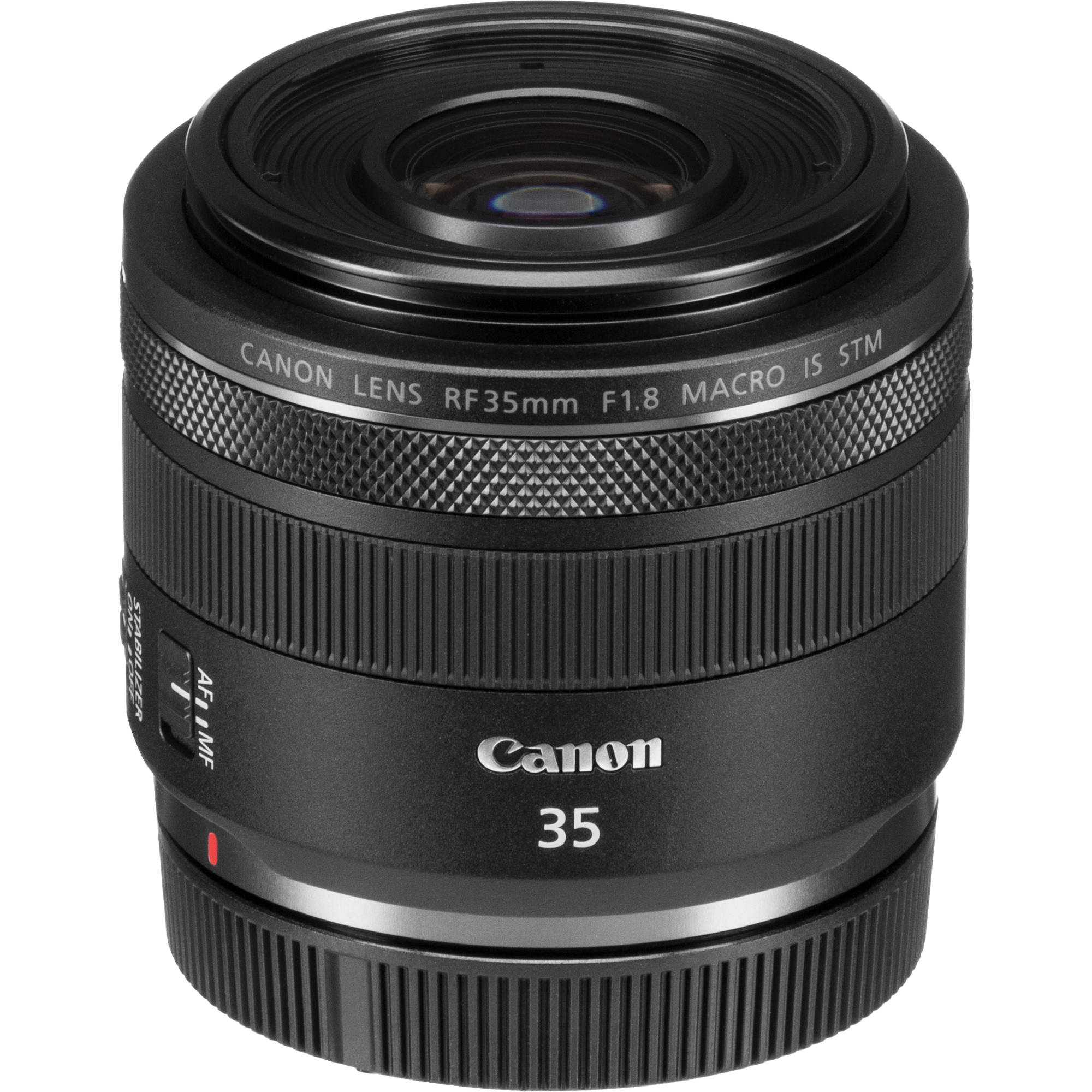
The 35mm lens, on the other hand, provides you 0.5x magnification in a consumer-level lens which is unseen before. This lens is relatively cheap and compact, but I really hated the noisy and slow AF system. Another benefit with Canon mirrorless cameras is you get to use EF lenses in native AF speed. Therefore, I also got the chance to play with Canon EF 16-35mm f/2.8 L II, Canon EF 70-300mm f4-5.6 L, and Canon EF 100-400mm f/4.5-5.6 L II. All these lenses are superb except that 70-300mm is a bad copy but anyway I had some quite lovely pictures with them.
I took a trip mainly for photography to Chongqing in late 2020 and I started to feel the importance of telephoto lenses in traveling. However, telephoto lenses are usually very heavy so we tend to leave them at home. Therefore I start to seek light telephoto lenses. While searching, one lens popped into my eyes: Tamron 28-200mm f/2.8-5.6. Yes, it’s a super zoom lens but hey, it’s compact and got a relatively bright aperture, and most importantly, its image quality is good for a super zoom lens. Some people complained but not having 24mm but for me, if 28mm isn’t wide enough, neither is 24mm. Just get yourself another wide-angle lens.
And here we go again, I sold all Canon gears and got a Sony A7R3 and this Tamron 28-200mm lens.
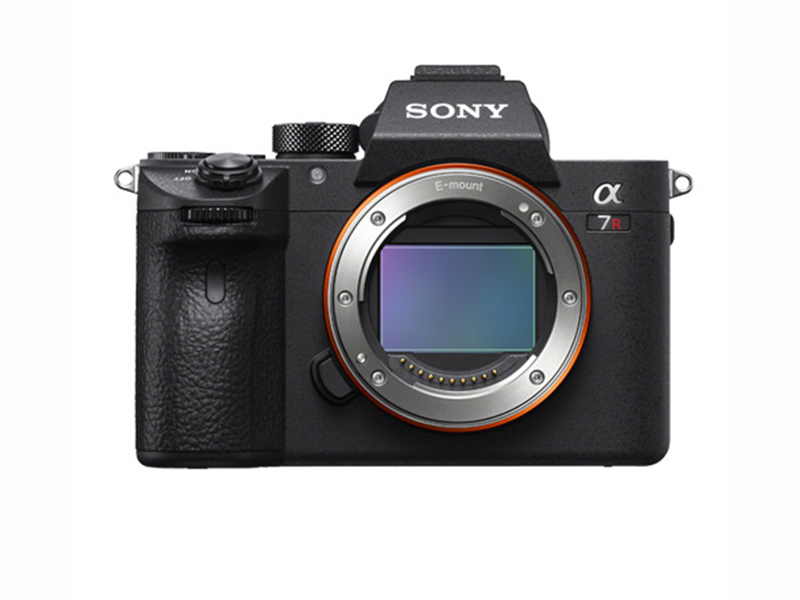

I was quite happy with this combo. I got the same, if not better, image quality as A7R2 while having better handling and battery life. And the quality of this lens is also quite satisfying. You get decent magnification, f/2.8 at 28mm and you can zoom all the way up to 200mm while this combo is just 1.2kg.
I would say that A7R3 is the first camera I would not feel like ‘wanting for more’. For the next few years, I’d like to invest more in lenses. The Sony FE mount really has the best lens lineup right now, and I can’t wait to play some of them.
– Update on 2021.9.6 –

As I said before, having an ultra-wide lens is a good combo for 28-200 which is why I bought Tamron 17-28 f/2.8 lenses. It’s relatively cheap, has a constant f/2.8 aperture, and is really lightweight. It compromised on the focal range but it makes a perfect combo with 28-200 as there’s no overlapping between the two. With coverage from 17mm all the way to 200mm, it’s safe to say that they satisfy 95% of my photography. Not to mention the whole setup weighs only 1.7kg. I would only miss a third lens when I need more than 200mm but hey, I can always crop my image as I have 42 megapixels.
Finally, after using all these gears, I would like to do a sum-up. The following content refers to mirrorless cameras only.
Micro Four-Thirds:
It’s a very fun system to play with. But it’s dying so I can’t recommend anyone to invest in it. If you got the money, definitely try it if you haven’t.
APS-C:
Sony:
Awful handling, lack of IBIS, short battery life(except A6600). The good news is that now Tamron starts to make lenses for Sony APS-C cameras. You can now have Tamron 11-20 f/2.8, Tamron 17-70 f/2.8 paired with Sony own 70-350 f/4.5-6.3 G lenses and you’re all covered.
Fujifilm:
Great for the beginner as it has good SOOC color and the dials on the top are good demonstrations of the basics of photography, let alone retro design. If you mainly play with RAW, I wouldn’t recommend it as X-Trans tends to be a bit soft compared to traditional Beyer Sensor. Also, lacking third-party lenses means you need to pay more money on the lenses.
Canon:
While handling is better, it is the same as the Sony system where lenses are a real problem. I mean at least Sony APS-C users can use their full-frame lenses. Canon EF-M mount? That’s a joke. (Still, many people buy it for the color)
Full-frame:
Sony:
Handling and IBIS are average, the interface is terrible, but that’s basically it. Many affordable third-party lenses to choose from and the sensor image quality is top-notch.
Canon:
Canon really knows how to make a comfortable grip and their glasses are the best in the class. If you got the budget or like the ‘Canon color’, go for it.
Nikon:
Unless you got a bunch of Nikon F glass, I wouldn’t recommend it.


Comments